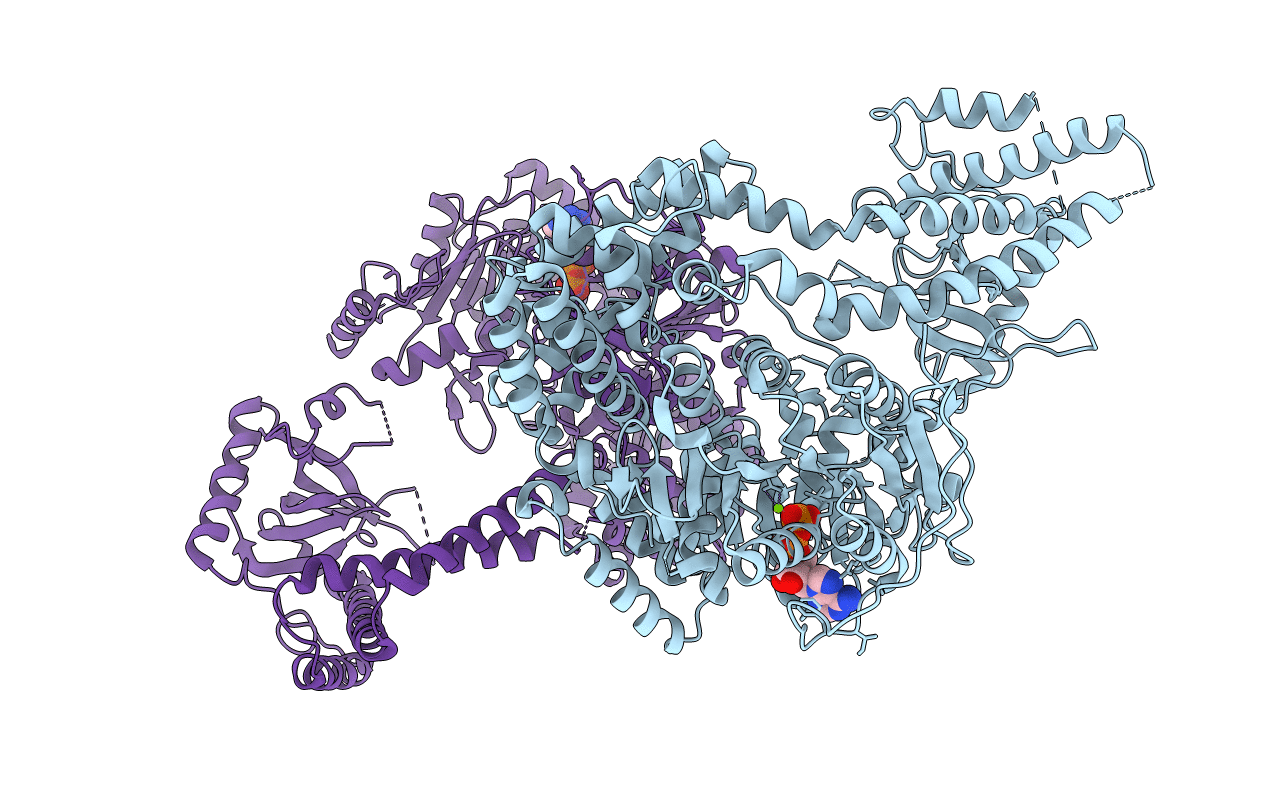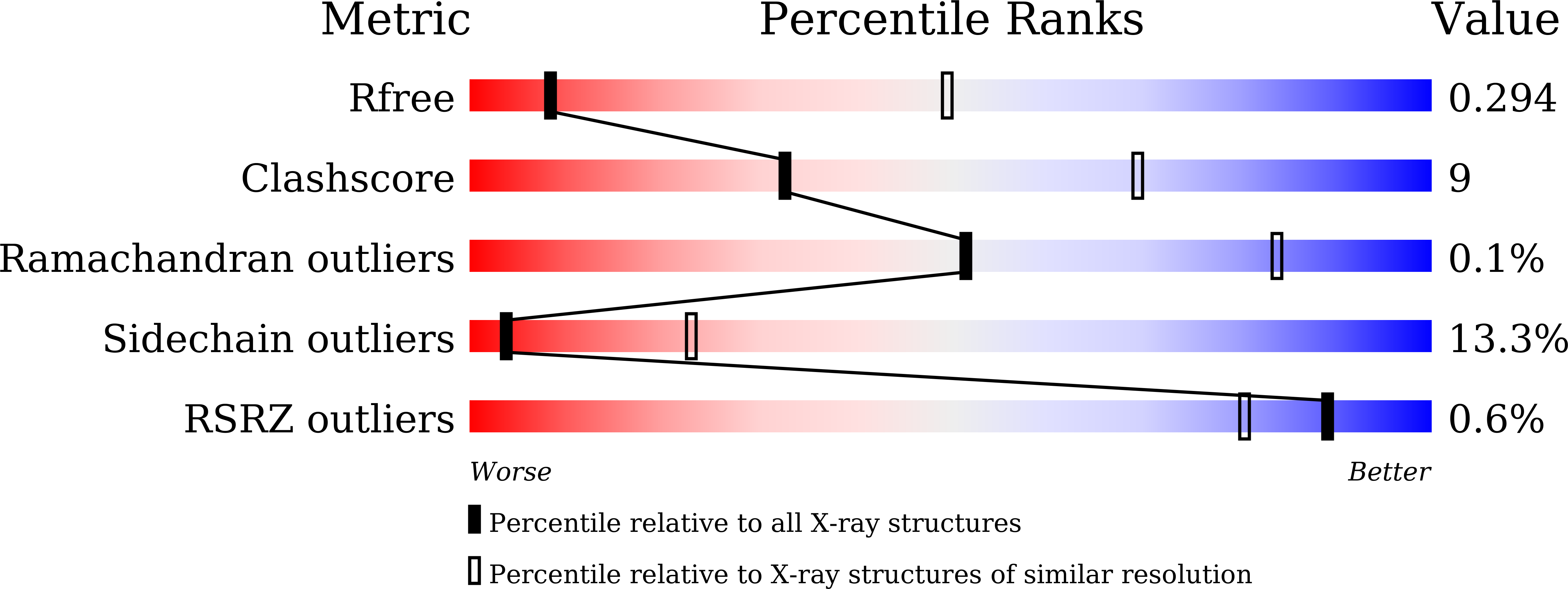
Deposition Date
2018-09-14
Release Date
2019-04-03
Last Version Date
2023-11-22
Method Details:
Experimental Method:
Resolution:
3.55 Å
R-Value Free:
0.30
R-Value Work:
0.26
R-Value Observed:
0.27
Space Group:
P 1 21 1


